Hop Research Gallery
Browse breeding steps and common diseases for hops.
Gallery
Breeding Basics
What are the steps to breeding a hop?
The hop breeding process involves several stages, starting with making crosses between selected parent plants to combine desirable traits. This is followed by greenhouse and short-trellis selections for disease resistance and sex determination, respectively. The plants then undergo rigorous testing in single plant and advance-line nurseries over several years. Finally, the top-performing lines are grown in elite stage production fields before being released to the public, a process that typically takes 12-15 years.

Step 1: Make Crosses (1 year)
The first step in hop breeding involves making crosses between selected parent plants. This process aims to combine desirable traits from both parents, such as yield, aroma, and disease resistance. The resulting seeds are then collected and prepared for the next stage.
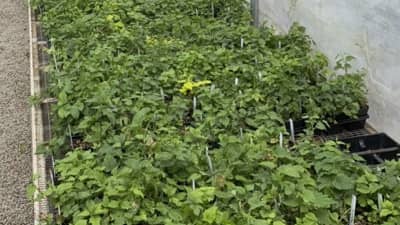
Step 2: Greenhouse Selection for Disease Resistance (1 year)
The seeds from the crosses are germinated and grown in a controlled greenhouse environment. Here, the young plants are rigorously tested for disease resistance. Only those that show strong resistance to common hop diseases are selected to move forward.
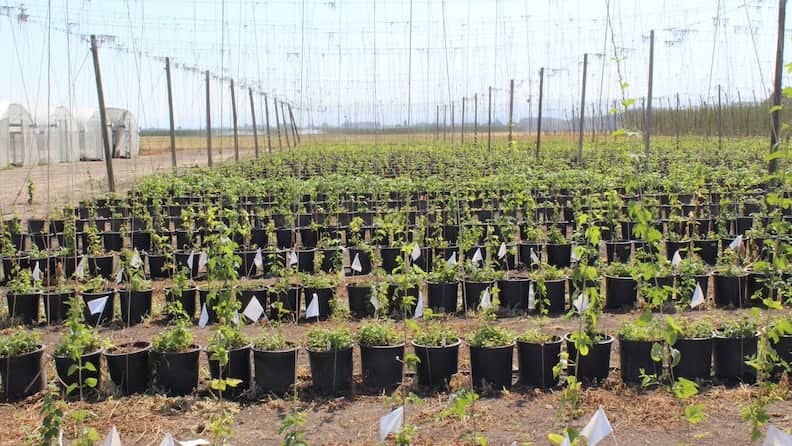
Step 3: Short-Trellis Selection for Sex & Disease Resistance (1 year)
In this stage, the selected plants are grown on short trellises to facilitate easy observation and management. The plants are evaluated for their sex (only female plants produce the hop cones used in brewing) and further tested for disease resistance. This ensures that only the best candidates continue in the breeding program.
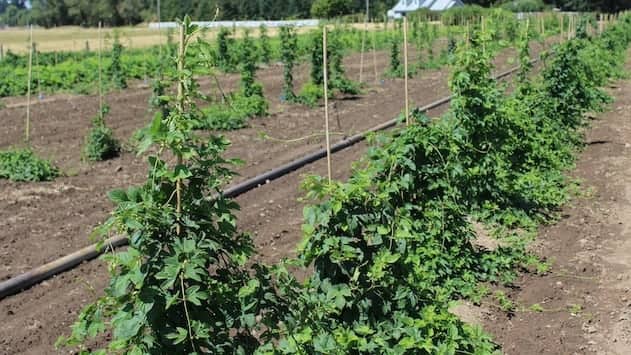
Step 4: Single Plant Nursery (3-4 years)
The surviving plants are then transferred to a single plant nursery, where they are grown individually. This stage allows for detailed observation of each plant’s characteristics, including growth habits, cone production, and overall health. Plants that exhibit the most promising traits are selected for further testing.
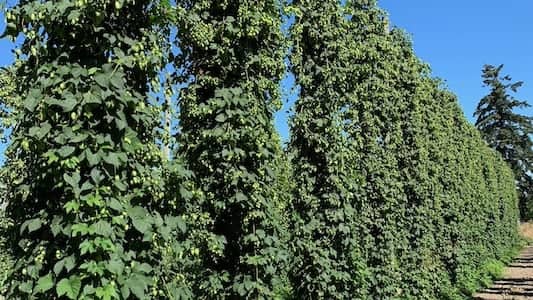
Step 5: Advance-line Nursery (3-4 years)
The selected plants are then moved to an advance-line nursery, where they are grown in larger plots. This stage involves more extensive testing and evaluation, including yield trials and quality assessments. The goal is to identify the best-performing lines that can be considered for commercial production.
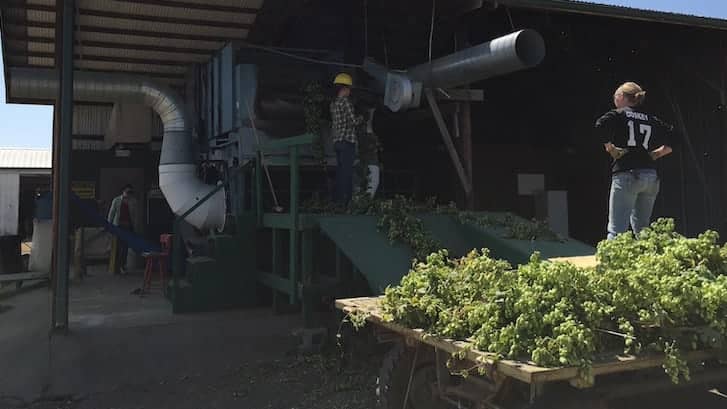
Step 6: Elite Stage Production (3-4 years)
The top-performing lines from the advance-line nursery are then grown in elite stage production fields. This stage involves large-scale trials to confirm the plants’ performance under commercial growing conditions. The plants are evaluated for consistency, yield, and quality over multiple growing seasons.
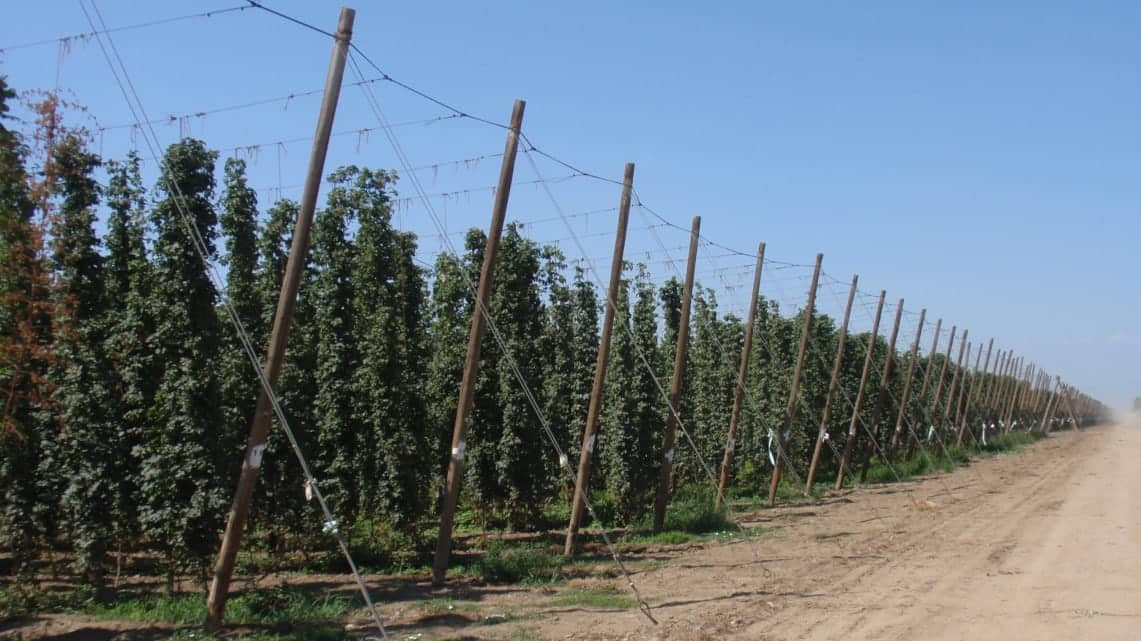
Step 7: Released to the public (12-15 years)
After successfully passing through all the previous stages, the new hop variety is finally released to the public. This entire process typically takes 12-15 years, ensuring that the new variety is robust, high-yielding, and possesses the desired traits for brewing.
Common Hop Diseases
Hop plants are susceptible to several diseases, including powdery mildew, downy mildew, and verticillium wilt. These diseases can significantly impact the health and yield of hop crops, making effective management and prevention crucial for growers.
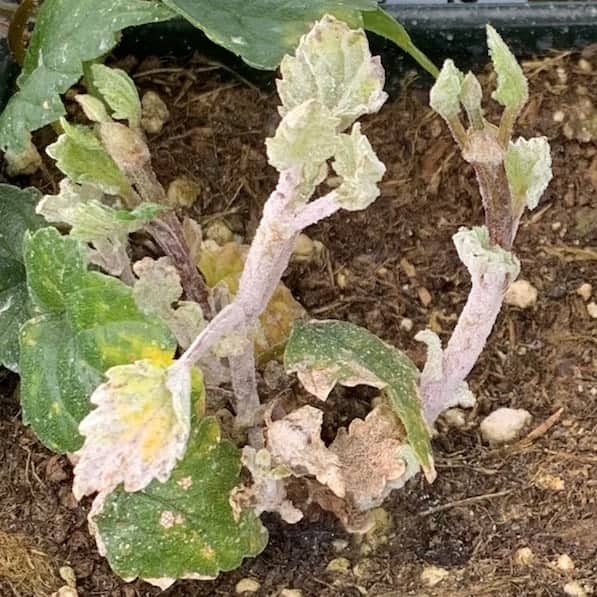
Hop powdery mildew (Podosphaera humuli) flag shoots
This is a serious source of inoculum for hop fields during Spring growth, often leading to widespread infection if not managed promptly.
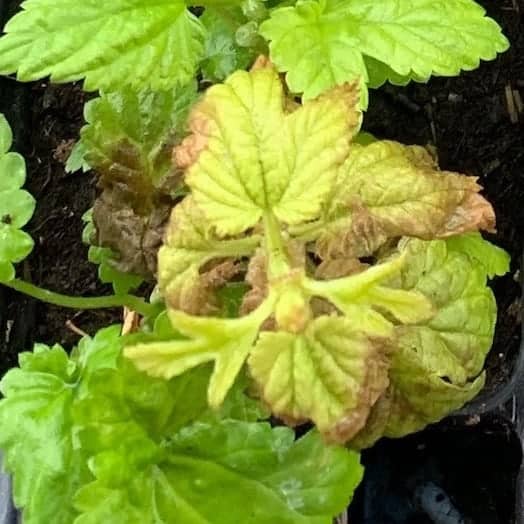
hop downy mildew (Pseudoperonospora humuli) on seedlings.
If we see this level of infection during greenhouse selection, the offspring gets thrown out.
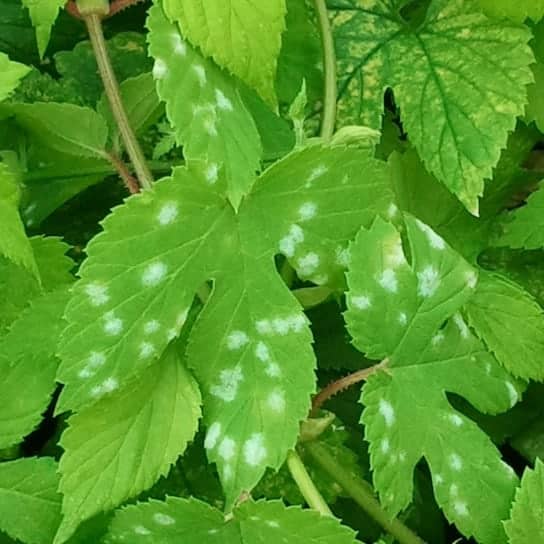
Hop powdery mildew (Podosphaera humuli) colonies on leaves.
Hop powdery mildew (Podosphaera humuli) appears as white, powdery colonies on the surface of hop leaves. These fungal colonies can spread rapidly, affecting the plant’s health and yield.
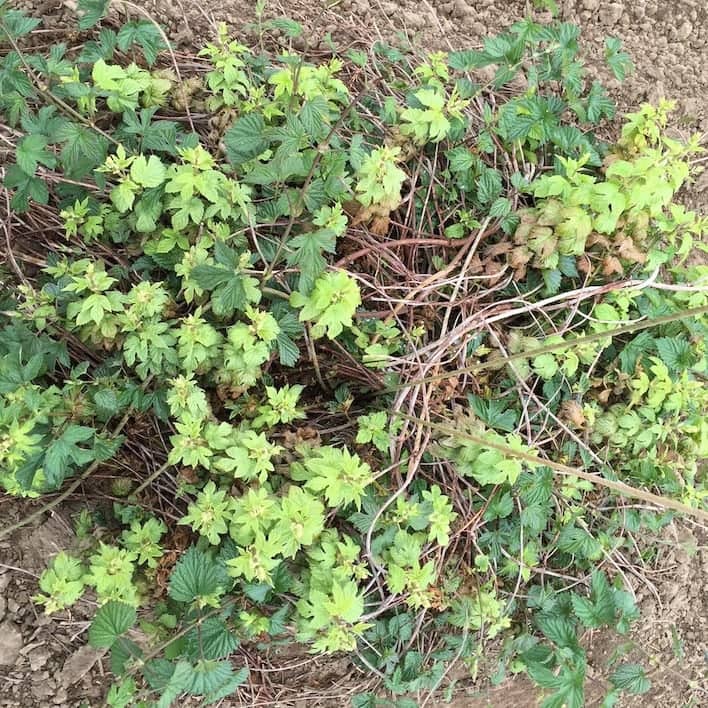
Hop downy mildew spikes during Spring regrowth.
These spikes are a major source of inoculum during Spring growth. Inoculum is the material, like spores or bacteria, used to start an infection or growth in plants or other organisms. It’s what spreads the disease or helps it take hold.